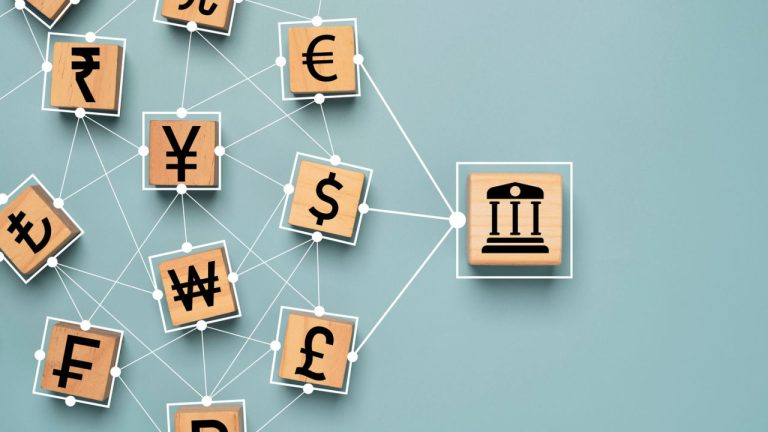
The firms were cited anonymously in the CFTC’s complaint describing Binance’s alleged facilitation of U.S. clients.
Trading firms Jane Street Group, Tower Research Capital and Radix Trading have been reportedly identified as Binance’s three “VIP” clients that were anonymously cited in the recent lawsuit filed against Binance by the United States commodities regulator.
According to an April 5 Bloomberg report citing “people familiar with the matter,” Radix Trading is “Trading Firm A” as described in the Commodities Futures Trading Commission’s (CFTC) suit, while Jane Street was “Trading Firm B” and Tower Research was “Trading Firm C.”
The firms on the CFTC’s list were examples of U.S. clients allegedly able to access Binance.
The Wall Street Journal (WSJ) first reported on March 28 that Radix Trading was “Trading Firm A.”
Radix co-founder Benjamin Blander told the WSJ in a March 30 report that he believed the firm acted legally even when trading with Binance’s offshore entity.
The claimed “VIP” treatment from Binance included lower transaction fees and faster trading services, the CFTC said in the filing. The firms provided Binance with liquidity on the exchange, and Binance gained the corresponding trading fee revenues.
Today the CFTC charged Binance and its founder, Changpeng Zhao, with willful evasion of federal law and operating an illegal digital asset derivatives exchange. Learn more: https://t.co/DdczFgvW6A
— CFTC (@CFTC) March 27, 2023
It was part of a strategy that “actively facilitated violations of U.S. law” by helping U.S. trading firms evade Know Your Customer compliance standards, among other things, the CFTC alleged.
Binance allegedly enabled Radix to sidestep compliance controls by providing them information on accessing Binance.com through a virtual private network to obscure its IP address.
Related: Dubai regulator demands Binance provide info on ownership, governance: Report
The CFTC claimed the trading violations to have come about as Binance prioritized “commercial success over compliance with U.S. law.”
However, Binance CEO Changpeng “CZ” Zhao vehemently denied the claims of compliance and market manipulation violations in a follow-up post on March 28.
CZ’s Response to the CFTC Complainthttps://t.co/iIoDR70IT9
— Binance (@binance) March 27, 2023
Magazine: US enforcement agencies are turning up the heat on crypto-related crime















